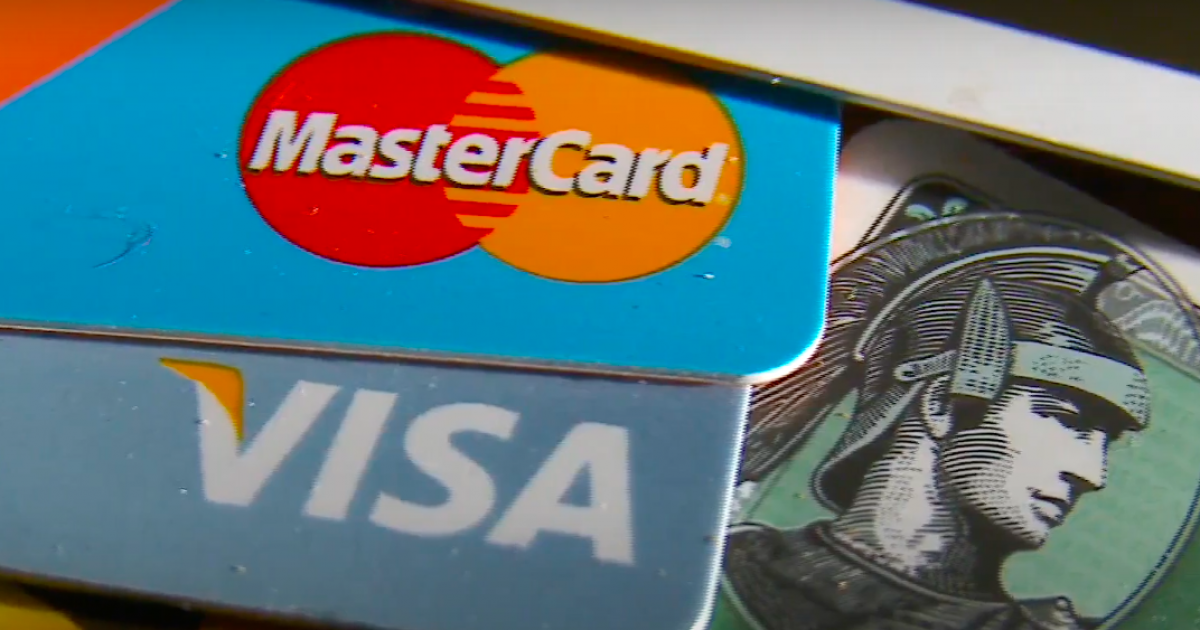
Consumer debt is exploding throughout America.
Certain figures from the Federal Reserve point to consumer debt making surprising increases in February, which grew at a yearly rate of 7.9%. Originally, there were expectations among economists that consumer debt would grow slowly in February after 2021 started off slowly.
Schiff Gold noted that consumer debt has witnessed a significant uptick from February 2020 to February 2021:
American consumers have piled up over $4.21 trillion in debt. This is slightly higher than the record $4.20 trillion in consumer debt as of February 2020 as the coronavirus pandemic began to grip the world
The $27.6 billion increase in consumer debt in February was the biggest jump since November 2017.
The Fed consumer debt numbers include credit card debt, auto loans and student loans. However, they don’t include mortgage debt.
Schiff Gold provided some context to the increase in credit card debt:
Revolving debt, primarily reflecting credit card spending, jumped 10.1% in February. Americans now owe approximately $974.4 billion in credit card debt.
Through the pandemic, Americans, by and large, kept their credit cards in their wallets and paid down balances. This is typical consumer behavior during an economic downturn. Credit card balances were over $1 trillion when the pandemic began. Some pundits take renewed consumer borrowing and spending as a sign the economy is recovering.
However, Schiff Gold has a different perspective on the matter. It believes that American consumers are spending money “the old-fashioned way”, in that they are borrowing money. Other forms of debt have also been on the rise:
Even as credit card debt dropped during the pandemic, non-revolving credit, primarily auto loans and student loans, continued to expand through last year. The pace accelerated in February, with non-revolving debt growing by 7.3%. This compares with a 3.3% increase in January.
Schiff Gold had some other troubling numbers to chew on:
Loans valued at $2 trillion entered forbearance during the pandemic. As of the end of Q1 2021, over 60 million Americans had skipped $70 billion in debt payments owed. At some point, they will be forced to pay the piper.
Meanwhile, 1-in-10 subprime auto loan borrowers are 60 days or more late on payments. That’s the highest number on record.
There are also signs of trouble in the housing market. Subprime mortgage delinquencies remain at record high levels. And the full extent of the problem is masked by forbearance programs.
In the investment world, margin lending has surged. As of late February, investors had borrowed a record $814 billion against their portfolios, according to data from the Financial Industry Regulatory. Margin lending is at the fastest annual clip since 2007 and it’s up 49% from the previous year.
An economy simply cannot run on debt accumulation and consumption. It will ultimately need people to save, invest, and produce to keep an economy on sound footing.
Such an economy is not healthy and is the product of a fiat-based monetary system that incentivizes people to think in the present and not plan ahead. Private individuals are merely following lockstep with their degenerate government and banking system.
If people were serious about changing the present system but are not particularly keen about politics, the best course of action is for them to hold gold and cryptocurrencies. The best way to change this corrupt economic system is working from below and taking charge one’s financial health is a good first step.



